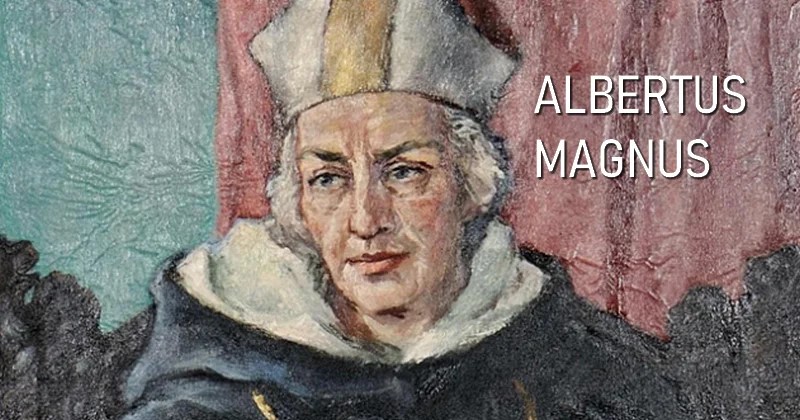Westerner who learned Aristotle from Arabs: Who is Albert Magnus?
He entered the Dominican order and learned Aristotle and the interpretations of Aristotle's philosophy by Muslim philosophers such as Farabi, Avicenna, Ibn Rushd, and Ibn Tufeyl; Later, based on these interpretations, he brought new interpretations that could be compatible with Christian beliefs.

While trying to solve philosophical problems with reason, he took great care not to conflict with the Bible and therefore not to contradict faith, and with this approach, he greatly influenced his student Thomas Aquinas.
It is not a coincidence that Albertus Magnus chose the philosophy of Aristotle rather than Plato, and it is possible to explain this choice with the influence of Muslim philosophers, especially Ibn Rushd.
Albertus Magnus (c. 1200 – 15 November 1280), also known as Saint Albert the Great, Albert of Swabia or Albert of Cologne, was a German Dominican friar, philosopher, scientist, and bishop, considered one of the greatest medieval philosophers and thinkers.
According to Albertus Magnus, there are no two conflicting truths, one true for reason and the other true for faith; All that is truly true is united in great harmony.
Albertus Magnus, known as Doctor Universalis (Universal Scholar) because he was interested in many sciences, also worked in the field of chemistry and examined chemical issues such as the effect of nitric acid on mines and the purification of gold; He was also interested in astronomy and biology.
In his studies in the field of biology, Albertus Magnus followed the Arabic translations of Aristotle word by word and commented on them; There are also unique observations and determinations. In his work About Animals, he departed from the information given by Aristotle regarding the distribution of blood vessels in birds and fish.
While explaining the development of the embryo starting from the egg, he clearly and distinctly explained how the organs were shaped in order and which vessel took the place of the structure called the umbilical cord during the development process. He was also interested in plants and described plants with outlines in a work titled About Plants on this subject.
Albertus Magnus, who went to Italy for a while, saw the orange tree there, was very impressed by it, and especially introduced the orange leaves in detail.
